After 27 months of constant work I finally reached the end of the program. Living in a rural area the program offered by Society of Botanical Artists in London UK is one of the best because it is primarily a correspondence course, therefore a good choice for someone not living near a University or a Botanical Garden offering such programs. Distance Learning Diploma Program is an intense program that required 15 assignments all together including 3 for a final portfolio. Each assignment was mailed in original to the UK, and received feedback and a critique, and then was mailed back. I had different tutors for various assignments and each offered an interesting point of view and suggestions. Tutors were professional artists with long careers in botanical illustration. I had to dive into botany books to learn about various botanical aspects which I found very informative and contributed tremendously to my knowledge and awareness of drawing. I learned how to dissect plants and look for botanical features under a microscope. I enjoyed combining graphite pencil drawing with my botanical illustrations and deepening my technique of colored pencil work. I attempted each assignment with my best effort and some assignments took over 60 hours.
One area I improved the most is composition, I was challenged to create more complex arrangement with awareness of movement and placement of botanical elements. I am very grateful for all the tips and techniques I have learned and for the botanical knowledge I have learned. It was an unforgettable experience hunting for specimens, preparing sketches and finishing complete illustrations.
Now I have a diploma ready to frame, a portfolio full of varied botanical works and a new learned self-discipline. While writing my final essay about Maria Sibylla Merian, who studied butterflies and host plants, I discovered a new direction: I want to illustrate native plants and pollinators of the Pacific Northwest.
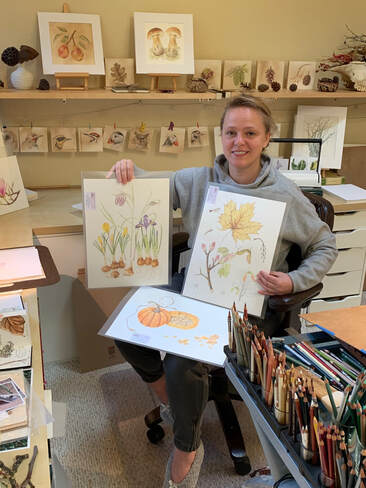
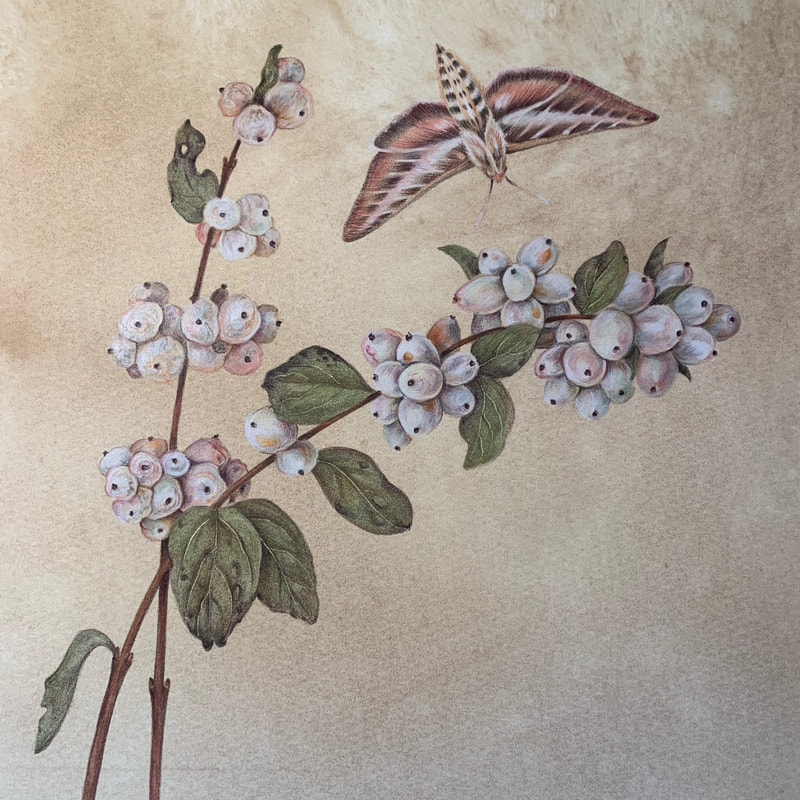

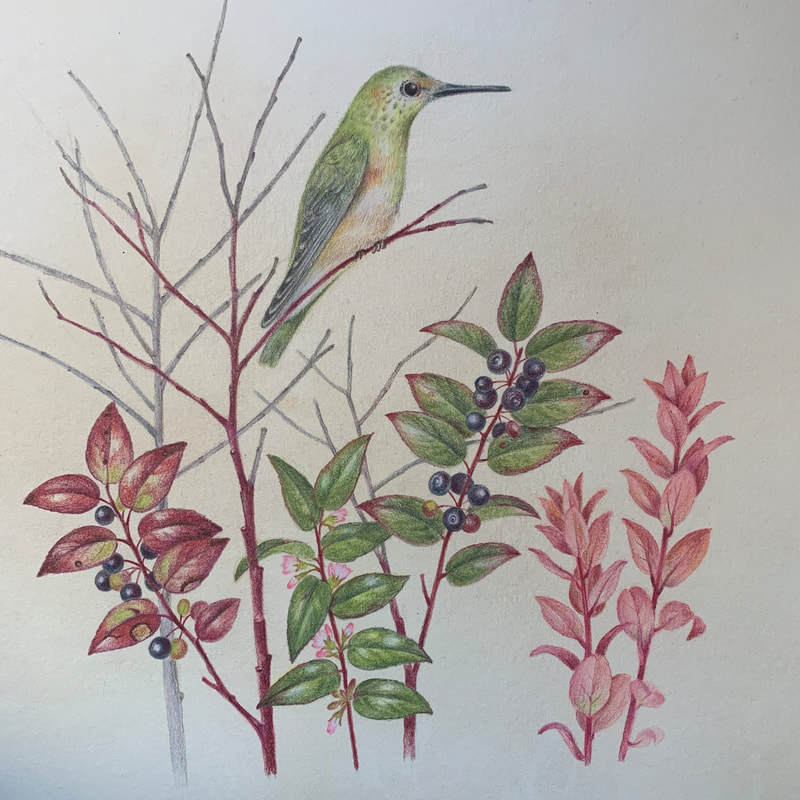
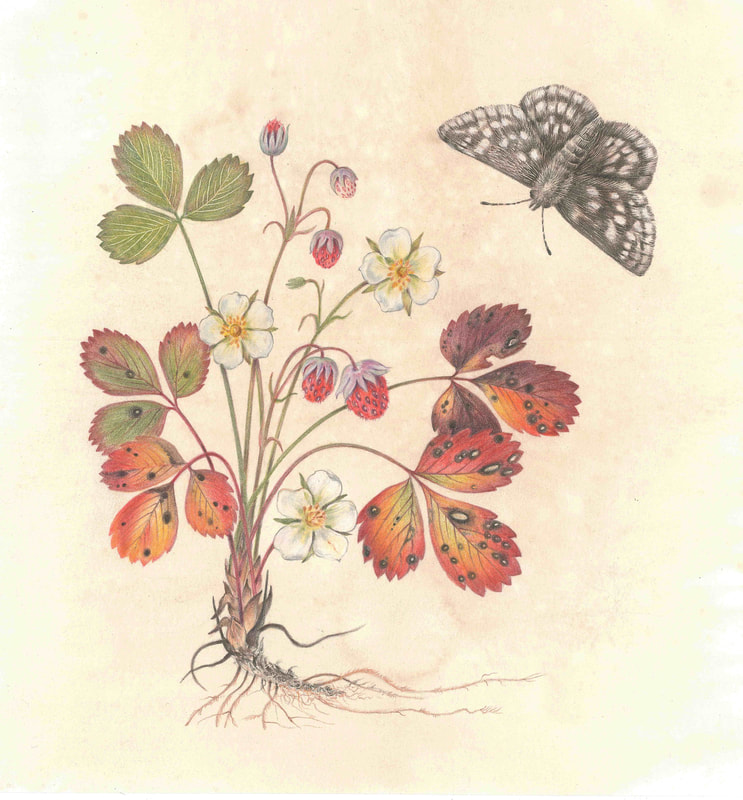
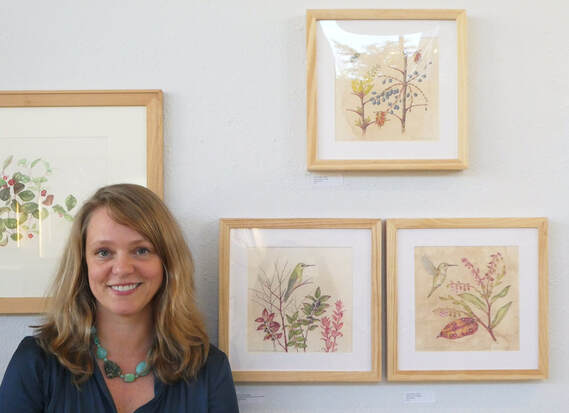
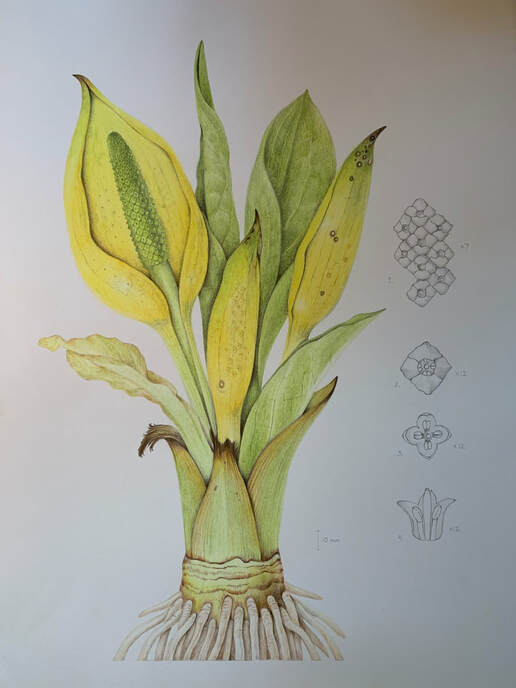
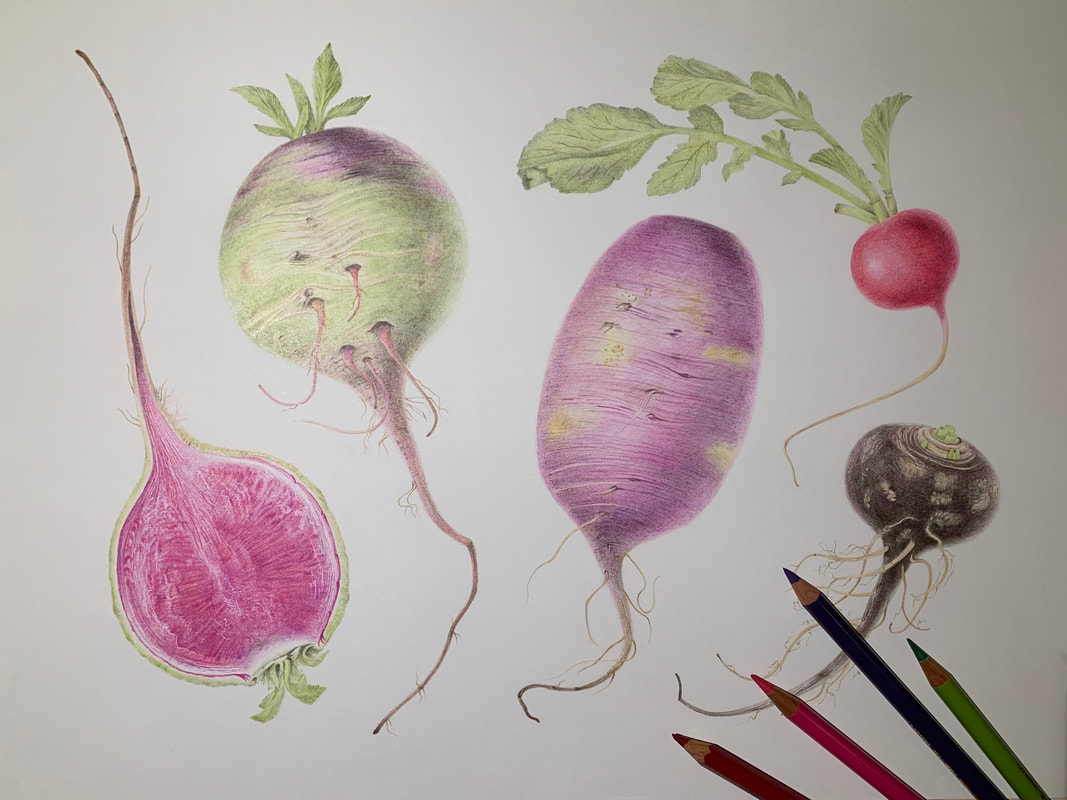
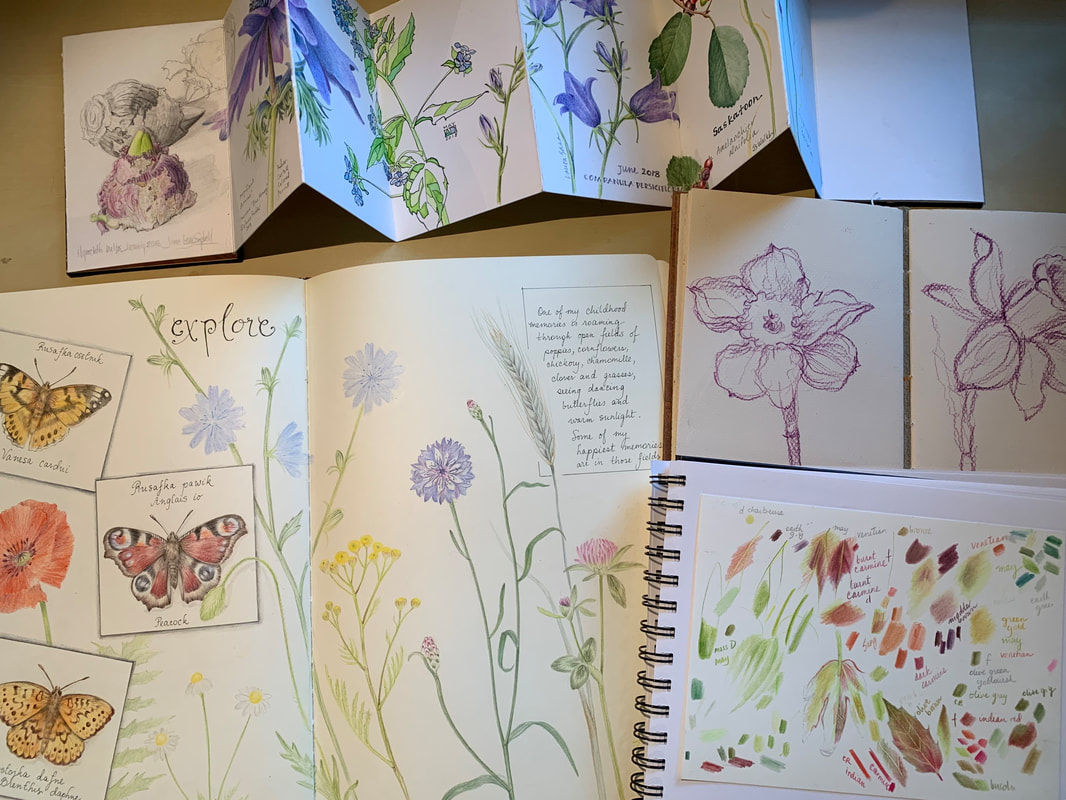
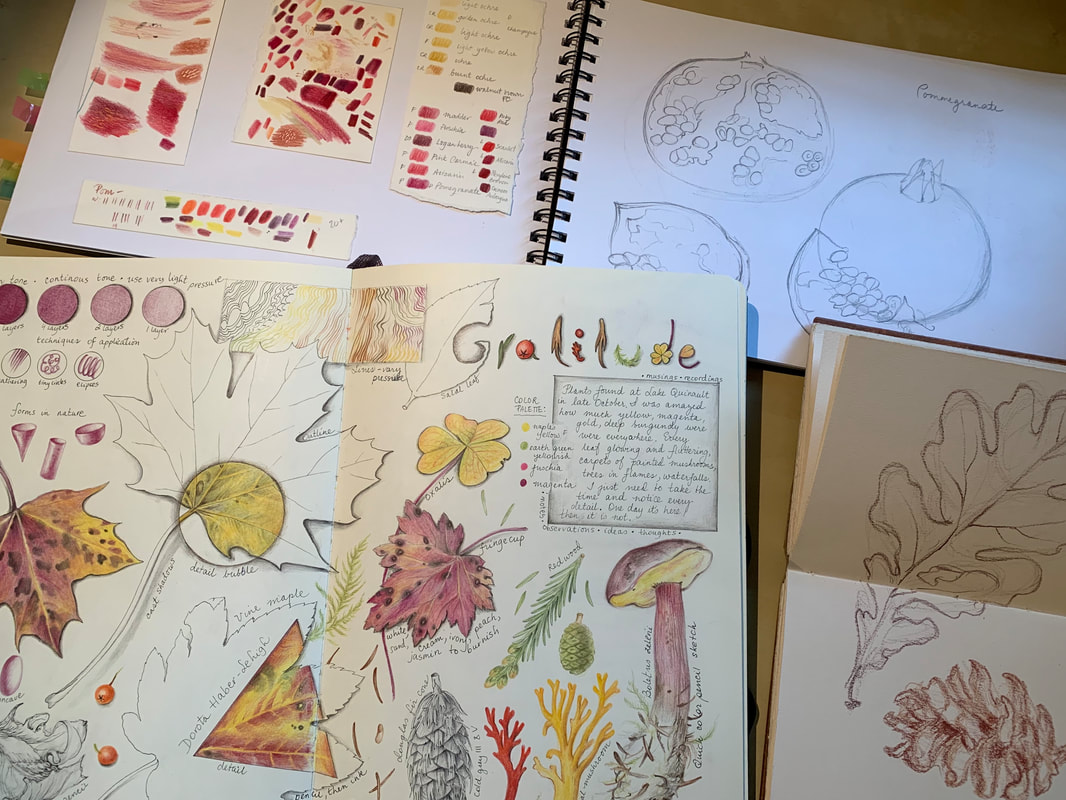
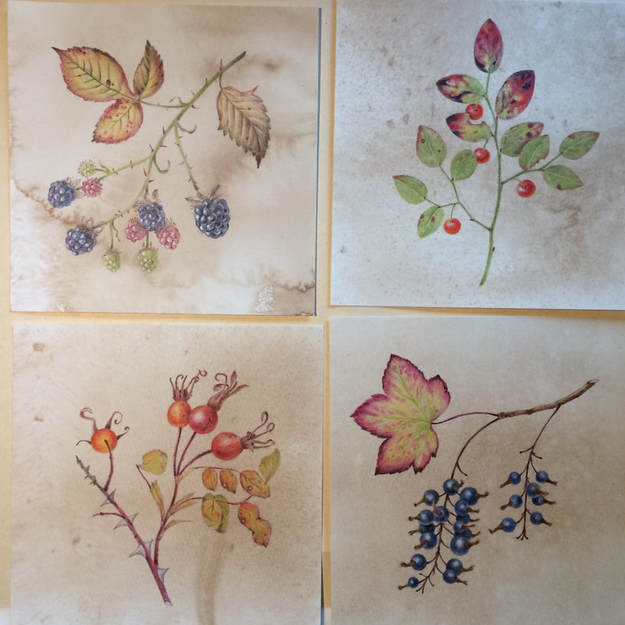
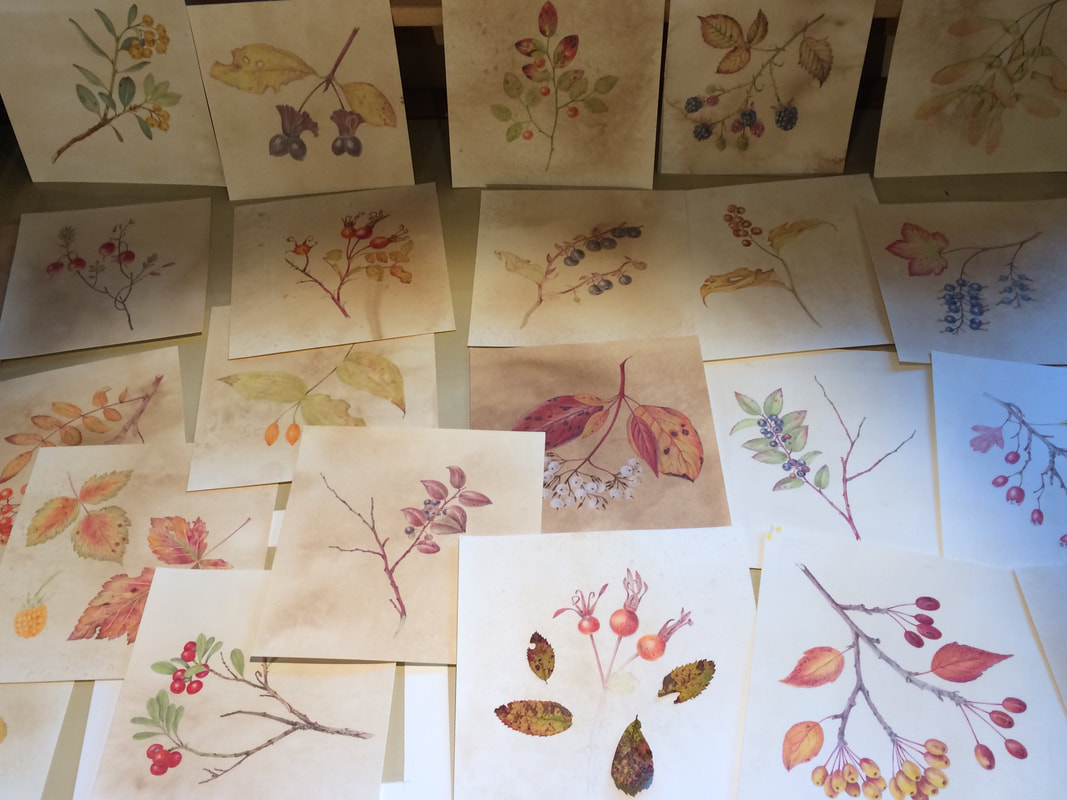
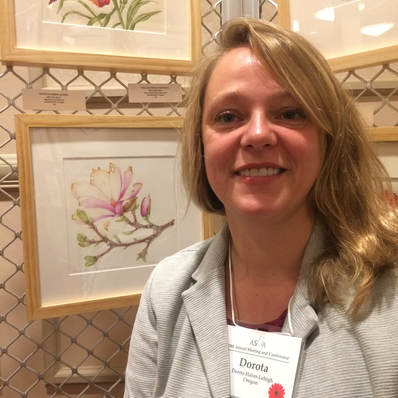
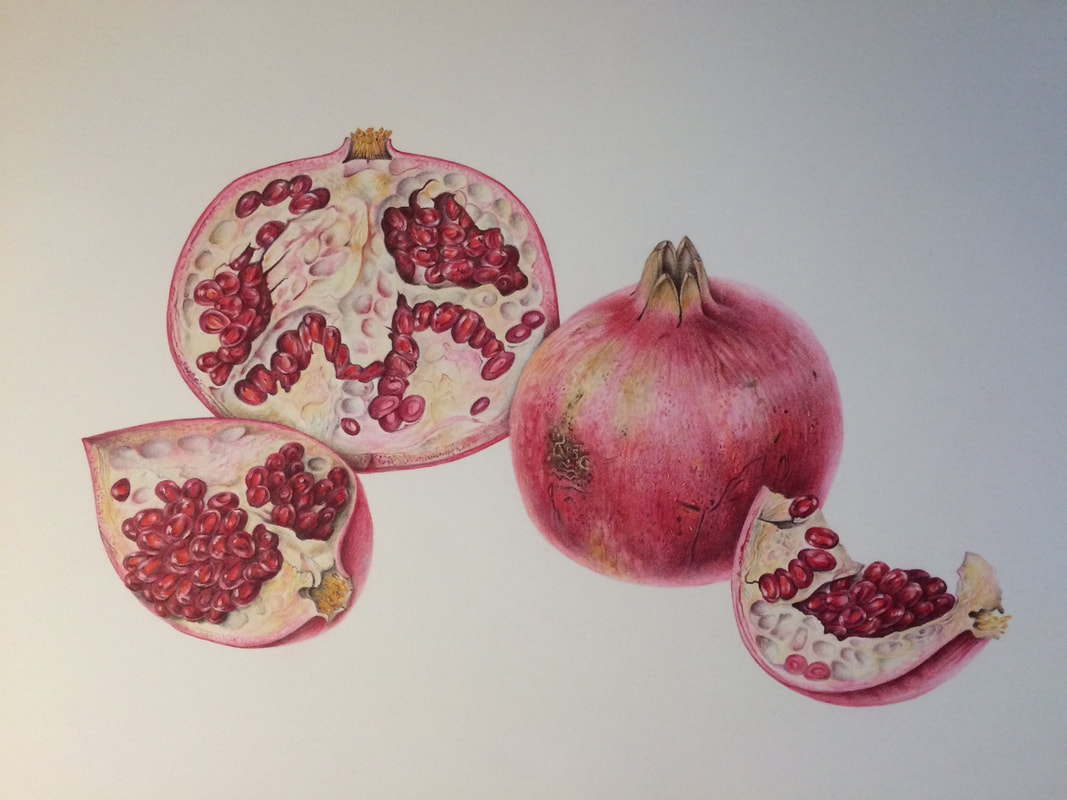

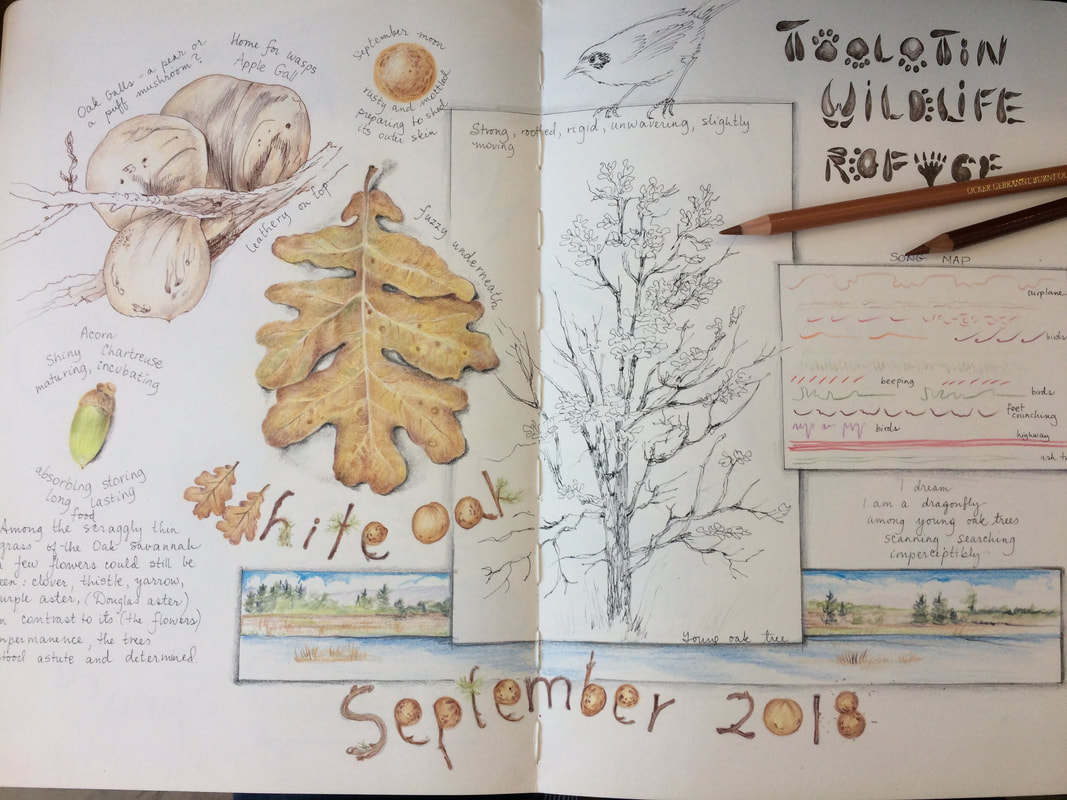
 RSS Feed
RSS Feed